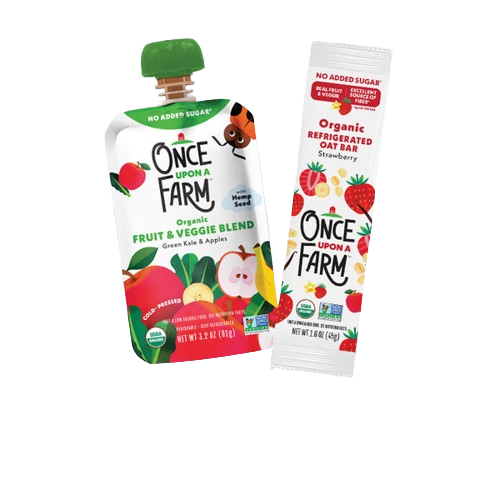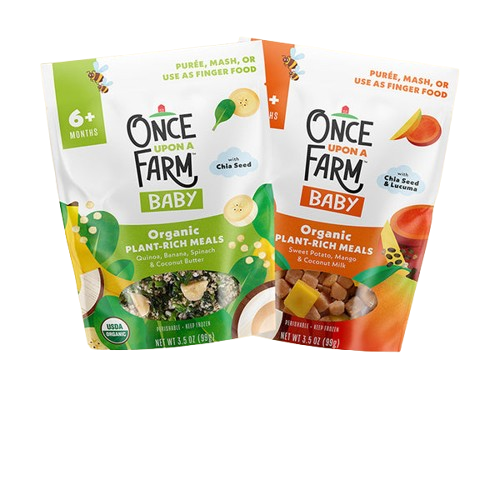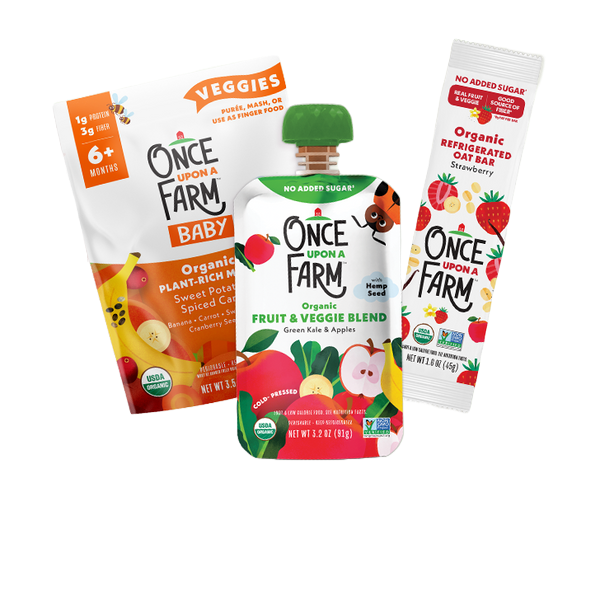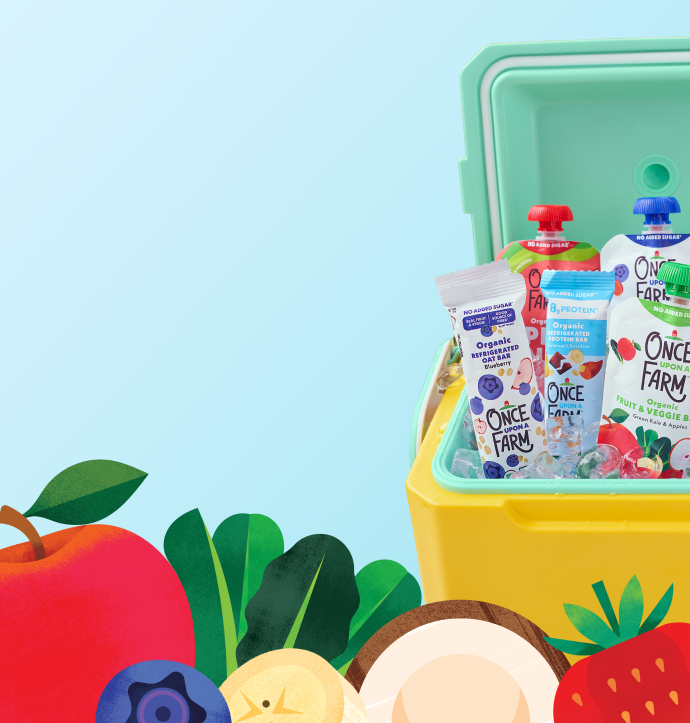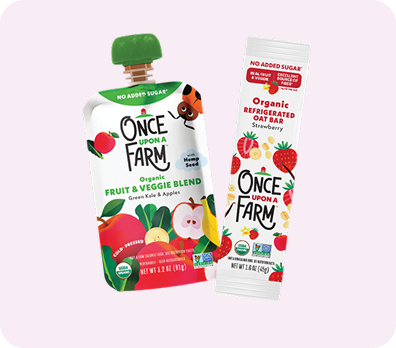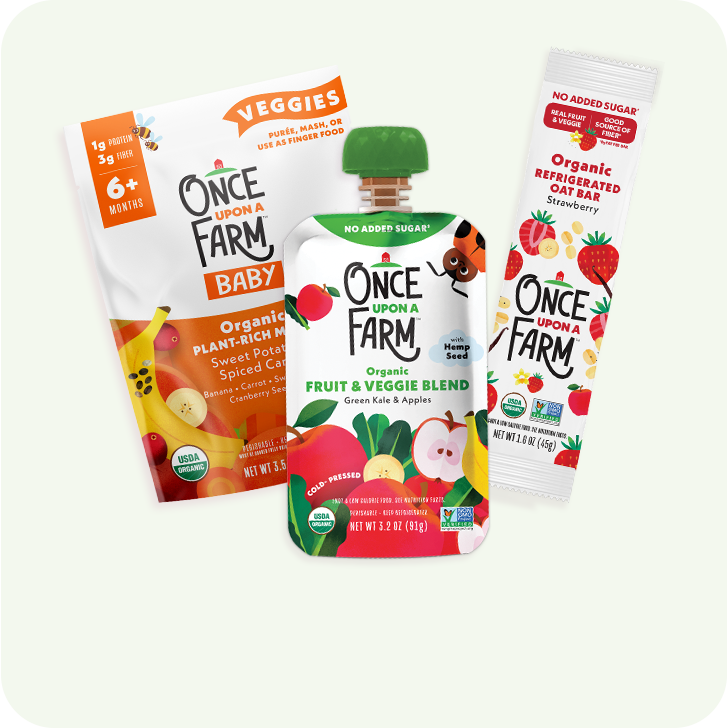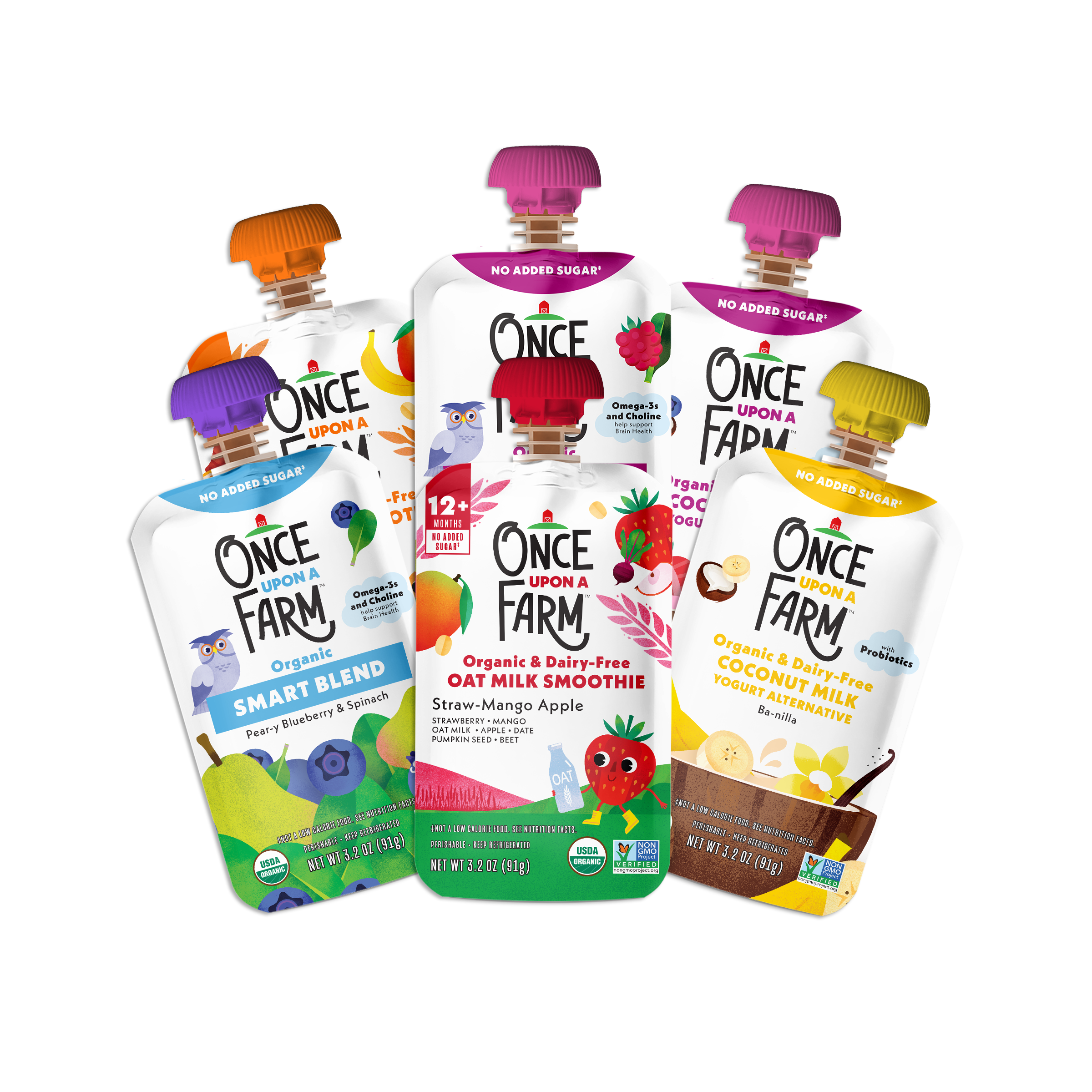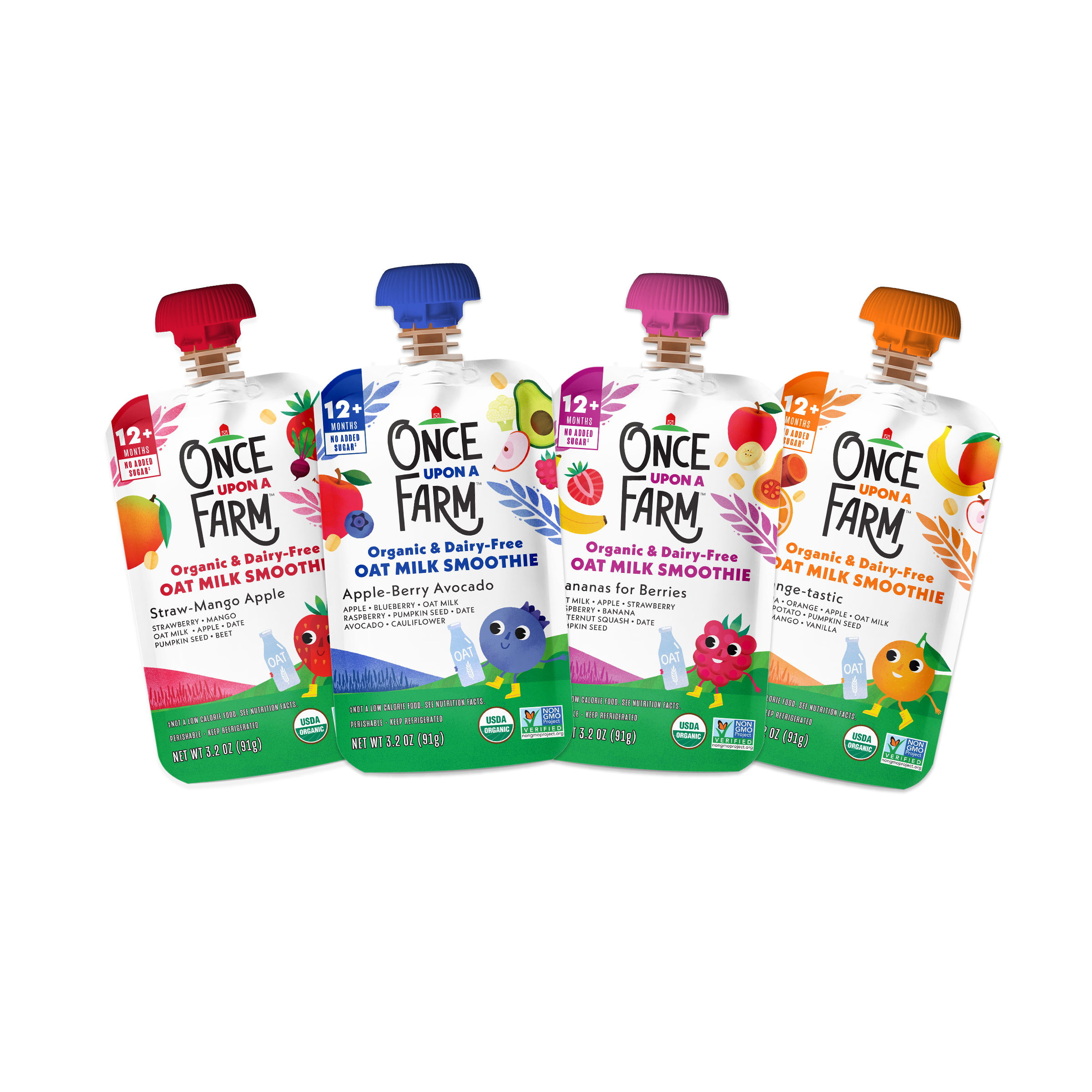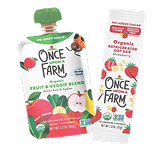Transitioning from Breast Milk vs. Formula
Let’s Talk Timeline
Experts recommend starting solids around 6 months when your baby shows interest and readiness. “Breast milk and/or infant formula should be the primary source of nutrition throughout the first year, with solid foods as a complementary source of nutrition,” Whitmore explains. That doesn’t mean solids aren’t important during this time, but “the goal for solids during the first year should be low-pressure exposure and experimentation for the baby, not to contribute the majority of their nutrition.”
After introducing solids, Whitmore shares, “The total volume of your baby’s breast milk or formula consumption shouldn’t decrease dramatically—the goal is 24–32 oz daily throughout the first year.” She notes that parents may see their baby reduce the frequency of their bottles or feedings (dropping from 6 bottles a day to 3 or 4, for example) while increasing the volume of each. “Babies who are primarily breastfed may continue to nurse at the same frequency and that’s okay!” She then recommends the following cadence:
- 4 bottles/day by 10 months
- 3 bottles/day by 12 months
- After your baby’s first birthday, solids become the primary source of nutrition, and milk becomes supplementary
If you’re concerned that dropping a bottle will disrupt your little one’s schedule or sleep, Whitmore suggests offering a snack with a similar calorie count. “For example, if your baby was drinking a 6 oz formula bottle at 3 p.m., which is roughly 120 calories, offer a snack in its place that has roughly the same number of calories—a pouch, some cheese and crackers, avocado on toast.”
Ensuring Your Baby Is Getting the Proper Nutrition
For the first year of life, breast milk or formula is the primary source of nutrition for your baby. When it comes to introducing solids, Whitmore tells us, “The best thing parents can do is offer their babies a large variety of foods!” Include tons of different colors and textures. “Other than this,” she says, “part of the process of transitioning to solids is trusting that your baby knows what they need.” Once your child turns one—and you decrease their intake of breast milk or formula and limit cow milk or a milk substitute to roughly 16 oz a day—most babies will increase their interest in and consumption of solids. Trust in the process.
Tips for Easing the Transition
Firstly, you’re not alone. As Whitmore suggests, “Talk to other parents who are on the same journey or who are ahead of you.” If you’re into research, find trustworthy sources online. Secondly, be consistent. “Eating solids is a totally new skill for your baby, and like all new skills, it requires time and practice!” Whitmore says. When your baby refuses to eat something, keep offering it. Support your baby as their pincer skills develop and they learn to hold utensils. You’ll love to see them learn and they will get it!
At the end of the day, remember to be patient with yourself. Whatever way you choose to start—and continue—solids, you’ve got this. Your way might look different from those around you (and on your feed), but that’s okay. “The most important thing is that you do it,” Whitmore reminds us. “The how matters less.”

